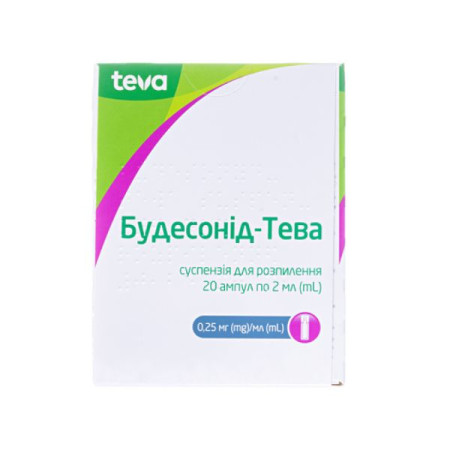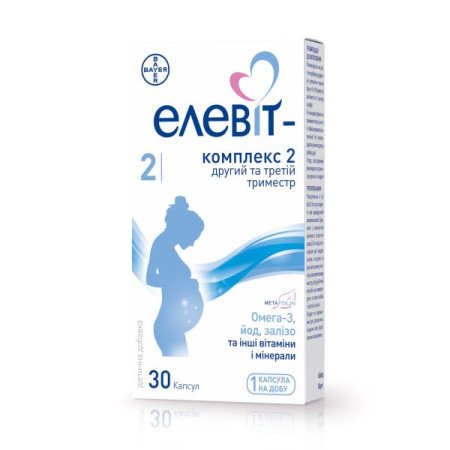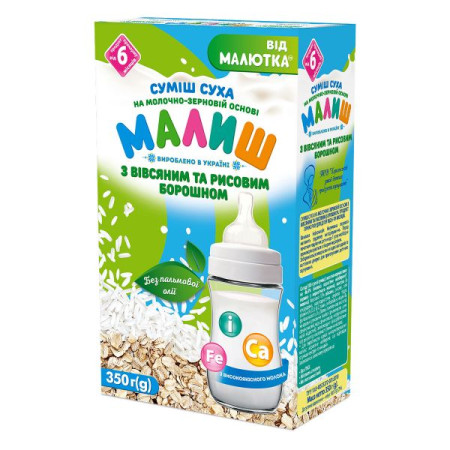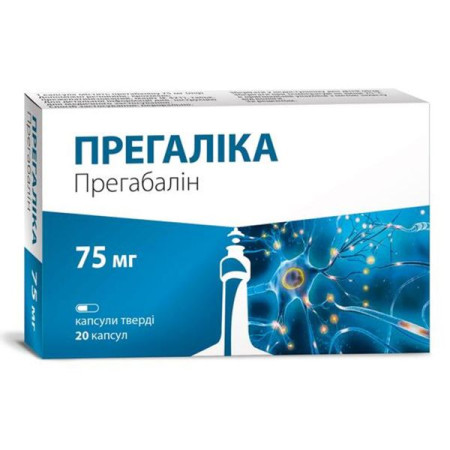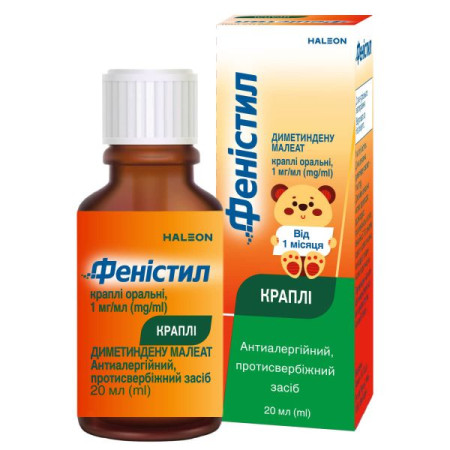Lidocaine-Health solution for injection 10% ampoule 2 ml No. 10

Instructions Lidocaine-Zdorovye solution for injection 10% ampoule 2 ml No. 10
Composition
active ingredient: lidocaine;
1 ml of solution contains lidocaine hydrochloride 100 mg;
Excipients: sodium hydroxide, water for injections.
Dosage form
Solution for injection.
Main physicochemical properties: clear colorless or slightly colored solution.
Pharmacotherapeutic group
Means for the treatment of diseases of the cardiovascular system. Antiarrhythmic drugs of class Ib. Lidocaine. ATC code C01B B01.
Pharmacodynamics
The antiarrhythmic activity of the drug is due to the inhibition of phase 4 (diastolic depolarization) in Purkinje fibers, a decrease in automatism, and the inhibition of ectopic foci of excitation. At the same time, lidocaine suppresses the electrical activity of depolarized, arrhythmogenic areas, but minimally affects the electrical conductivity of normal tissues. It does not affect or slightly reduces the rate of rapid depolarization (phase 0). It increases the permeability of membranes for potassium ions, accelerates the process of repolarization of cell membranes, shortens the duration of the action potential and the effective refractory period. When used in medium therapeutic doses, it practically does not change myocardial contractility, does not slow down AV conduction, and does not significantly reduce blood pressure. When used as an antiarrhythmic agent with intravenous administration, the effect develops after 45-90 seconds and lasts 10-20 minutes; With intramuscular administration, the effect develops after 5-15 minutes and lasts 60-90 minutes.
It has local anesthetic activity due to stabilization of the neuronal membrane, reducing its permeability to sodium ions, which prevents the occurrence of action potentials and impulse conduction.
Pharmacokinetics
With intravenous administration Cmax is reached after 45-90 seconds, with intramuscular administration after 5-15 minutes. Binding to blood plasma proteins is 60-80% (depending on the dose). Stable blood concentration is established after 3-4 hours with continuous administration in patients with acute myocardial infarction - after 8-10 hours. Easily passes through histohematological barriers, including blood-brain barrier.
First, it enters tissues with good blood supply (heart, lungs, brain, liver, spleen), then - into adipose and muscle tissue. Penetrates through the placenta, in the body of the newborn is found 40-55% of the concentration of the drug used by the woman in labor. Therapeutic concentration in the blood is on average 0.0035 mg / ml |.
Metabolized by 90% in the liver by oxidative N-dealkylation with the formation of active metabolites: monoethylglycinexylidine and glycinexylidine, which have T½ of 2 hours and 10 hours, respectively. Has a "first-pass" effect.
T½ after intravenous painful administration is 1.5-2 hours, with prolonged intravenous infusions - up to 3 hours or more. In case of impaired liver function, T½ may increase more than 2 times. 5-20% is excreted unchanged in the urine.
Indication
Ventricular arrhythmias (extrasystole, tachycardia, flutter, fibrillation), including in the acute period of myocardial infarction, with implantation of an artificial pacemaker, glycoside intoxication, anesthesia.
Contraindication
Hypersensitivity to the components of the drug/other amide local anesthetics, history of epileptiform seizures to lidocaine, severe bradycardia, severe arterial hypotension, cardiogenic shock, severe forms of chronic heart failure (II-III degree), sick sinus syndrome, Wolff-Parkinson-White syndrome, Adams-Stokes syndrome, atrioventricular (AV) block of II and III degree, hypovolemia, severe liver/kidney dysfunction, porphyria, myasthenia gravis.
Interaction with other medicinal products and other types of interactions
When combined with lidocaine with drugs such as chlorpromazine, pethidine, bupivacaine, quinidine, disopyramide, amitriptyline, imipramine, nortriptyline, the concentration of lidocaine in blood plasma decreases.
Antiarrhythmic drugs (including amiodarone, verapamil, quinidine, disopyramide, ajmalin) - cardiodepressive effect increases (QT interval prolongation occurs and, in very rare cases, AV block or ventricular fibrillation may develop); simultaneous use with amiodarone may lead to the development of seizures.
Novocaine, novocainamide, procainamide – possible CNS excitation, delirium, hallucinations.
Curare-like drugs - muscle relaxation increases (paralysis of respiratory muscles is possible).
Ethanol enhances the respiratory depressant effect of lidocaine.
Cimetidine reduces the hepatic clearance of lidocaine (reduced metabolism due to inhibition of microsomal oxidation), increases its concentration and the risk of developing toxic effects.
β-blockers slow down the metabolism of lidocaine in the liver, enhance the effects of lidocaine (including toxic ones) and increase the risk of developing bradycardia and arterial hypotension. When using β-blockers and lidocaine simultaneously, it is necessary to reduce the dose of the latter.
Cardiac glycosides – the cardiotonic effect of cardiac glycosides is weakened.
Sleeping pills or sedatives - possible increase in the CNS depressant effect of sleeping pills and sedatives.
Narcotic analgesics (morphine, etc.) – the analgesic effect of narcotic analgesics is enhanced, respiratory depression occurs.
MAO inhibitors (furazolidone, procarbazine, selegiline) - the risk of developing arterial hypotension increases.
Anticoagulants (including ardeparin, dalteparin, danaparoid, enoxaparin, heparin, warfarin, etc.) increase the risk of bleeding.
Anesthetics – the depressing effect on the respiratory center of anesthetics (hexobarbital, sodium thiopental intravenously) is enhanced.
Polymyxin B – respiratory function monitoring is necessary.
Rifampicin – a decrease in the concentration of the latter in the blood is possible.
Propafenone – possible increase in duration and severity of CNS side effects.
Prenylamine – increases the risk of developing torsades de pointes.
Anticonvulsants, barbiturates (phenobarbital) - possible acceleration of lidocaine metabolism in the liver, decrease in blood concentration, and increased cardiodepressive effect.
Isadrin, glucagon – increases the clearance of lidocaine.
Norepinephrine, mexiletine – decreases lidocaine clearance (increases toxicity); decreases hepatic blood flow.
Acetazolamide, thiazide and loop diuretics reduce the effect of lidocaine as a result of hypokalemia.
Midazolam – increases the concentration of lidocaine in blood plasma.
Drugs that cause blockade of neuromuscular transmission - the effect of these drugs is enhanced, as they reduce the conductivity of nerve impulses.
Application features
Lidocaine can only be administered by medical professionals.
When treating the injection site with disinfectant solutions containing heavy metals, the risk of developing a local reaction in the form of soreness and swelling increases.
ECG monitoring is necessary during treatment. In case of sinus dysfunction, prolongation of the PQ interval, widening of the QRS complex, or new arrhythmia, the dose of the drug should be reduced or treatment should be discontinued.
Before using lidocaine for heart disease (hypokalemia reduces the effectiveness of lidocaine), it is necessary to normalize the level of potassium in the blood.
It is used with caution and in lower doses in patients with moderate heart failure, moderate arterial hypotension, incomplete AV block, intraventricular conduction disorders, moderate liver and kidney dysfunction (creatinine clearance not less than 10 ml/min), respiratory dysfunction, epilepsy, after heart surgery, with a genetic predisposition to malignant hyperthermia, debilitated patients and elderly patients.
Lidocaine should not be administered parenterally during treatment with MAO inhibitors.
Intramuscular administration of lidocaine may increase creatinine concentration, which may lead to an error in the diagnosis of acute myocardial infarction.
This medicinal product contains less than 1 mmol (23 mg) sodium/dose, i.e. essentially 'sodium-free'.
Ability to influence reaction speed when driving vehicles or other mechanisms
After using lidocaine, it is not recommended to engage in activities that require speed of psychomotor reactions.
Use during pregnancy or breastfeeding
The drug is contraindicated during pregnancy. If necessary, breastfeeding should be discontinued.
Method of administration and doses
It is administered intramuscularly, intravenously by jet, intravenously by drip.
Lidocaine solution 10% is injected intramuscularly into the gluteal or deltoid muscle. Adults are injected intramuscularly with a 10% solution at a dose of 2-4 mg/kg (maximum single dose - no more than 200 mg (2 ml)) with an interval of 4-6 hours. Intramuscular administration is not recommended for children.
For intravenous injection, a 10% lidocaine solution is used, diluted to a concentration of 20 mg/ml with sterile 0.9% sodium chloride solution or 5% glucose solution.
Adults are prescribed a loading dose (bolus) intravenously by jet injection of 0.5-2 mg/kg over 3-4 minutes; the average single dose is 80 mg, the maximum single dose is 100 mg. Then they immediately switch to drip infusion at a rate of 0.02-0.055 mg/kg/min (maximum rate is 2 mg/min) in 0.9% sodium chloride solution or in 5% glucose solution (they switch to intravenous drip infusion only after jet injection). Drip infusion can be carried out for 24-36 hours (until the patient's condition improves); the duration of infusion depends on the patient's condition and the results of the drug. When administered for more than 24 hours, the infusion rate must be reduced. If necessary, intravenous jet injection can be repeated against the background of drip infusion. lidocaine at a dose of 40 mg 10 minutes after the first loading dose.
The maximum dose for adults with intravenous administration of a loading dose is 100 mg, with subsequent drip infusion – 300 mg (4.5 mg/kg) over 1 hour.
For elderly patients, the dose is reduced by 1/3.
In case of myocardial infarction, a single prophylactic dose of 4 mg/kg of body weight is usually administered intramuscularly (maximum – 200-300 mg (2-3 ml of 10% solution)) before hospitalization.
Children over 12 years of age with arrhythmias are prescribed only in case of acute need with special caution; the drug is dissolved in the same way as for adults. A loading dose of 1 mg/kg is administered intravenously by jet over 5-10 minutes, if necessary, a repeated introduction is possible after 5 minutes (the total dose should not exceed 3 mg/kg). For continuous intravenous infusion (usually after the introduction of the loading dose) - 0.02-0.03 mg/kg/min. The maximum dose for children in case of repeated introduction of the loading dose with an interval of 5 minutes is 3 mg/kg; for continuous intravenous infusion (usually after the introduction of the loading dose) - 0.05 mg/kg/min. The maximum daily dose for children is 4 mg/kg.
Children
The drug is prescribed for children aged 12 years and older.
Overdose
Possible increase in adverse reactions.
Symptoms: psychomotor agitation, dizziness, general weakness, decreased blood pressure, tremor, visual impairment, tonic-clonic convulsions, coma, collapse, AV block, asphyxia, apnea. The first symptoms of overdose in healthy volunteers occur when the concentration of lidocaine in the blood exceeds 0.006 mg/kg, convulsions - at 0.01 mg/kg.
Treatment: discontinuation of the drug, oxygen therapy, anticonvulsants, vasoconstrictors (noradrenaline, mezaton), anticholinergics. The patient should be in a horizontal position; it is necessary to ensure access to fresh air, oxygen supply and/or artificial respiration. CNS symptoms are corrected by the use of short-acting benzodiazepines/barbiturates. If an overdose occurs during anesthesia, a short-acting muscle relaxant should be used. Atropine (0.5-1 mg intravenously) is used to correct bradycardia and conduction disorders, and sympathomimetics in combination with β-adrenoceptor agonists are used for arterial hypotension. In case of cardiac arrest, immediate resuscitation measures are indicated. Intubation and artificial ventilation of the lungs are possible. Dialysis is ineffective in the acute phase of overdose. There is no specific antidote.
Adverse reactions
From the nervous system: CNS excitation (when used in high doses), anxiety, headache, dizziness, sleep disturbances, confusion, drowsiness, loss of consciousness, coma, sensory disturbances, motor block; in patients with hypersensitivity - euphoria, tremor, trismus, motor restlessness, paresthesias, convulsions.
From the organs of vision: nystagmus, reversible blindness, diplopia, flashing "flies" before the eyes, photophobia, conjunctivitis.
From the auditory system: hearing impairment, tinnitus, hyperacusis.
From the side of the cardiovascular system: when used in high doses - arrhythmia, bradycardia, slowing of cardiac conduction, transverse heart block, cardiac arrest, peripheral vasodilation, collapse; very rarely - tachycardia, increase/decrease in blood pressure, heart pain.
On the part of the digestive system: nausea, vomiting.
Respiratory system: shortness of breath, rhinitis, respiratory depression or arrest.
Allergic reactions: extremely rare – skin rash, urticaria, itching, generalized exfoliative dermatitis, angioedema, anaphylactic reactions (including anaphylactic shock).
Others: sensation of heat, cold or numbness of the extremities, edema, weakness, malignant hyperthermia.
Local reactions: a slight burning sensation that disappears as the anesthetic effect increases (within 1 minute), hyperemia.
Expiration date
3 years.
Storage conditions
Store in original packaging at a temperature not exceeding 25°C. Keep out of the reach of children.
Packaging
2 ml in ampoules, 10 ampoules in a cardboard box.
Vacation category
According to the recipe.
Producer
Limited Liability Company "Pharmaceutical Company "Zdorovya".
Ukraine, 61013, Kharkiv region, Kharkiv city, Shevchenko street, building 22.
There are no reviews for this product.
There are no reviews for this product, be the first to leave your review.
No questions about this product, be the first and ask your question.










